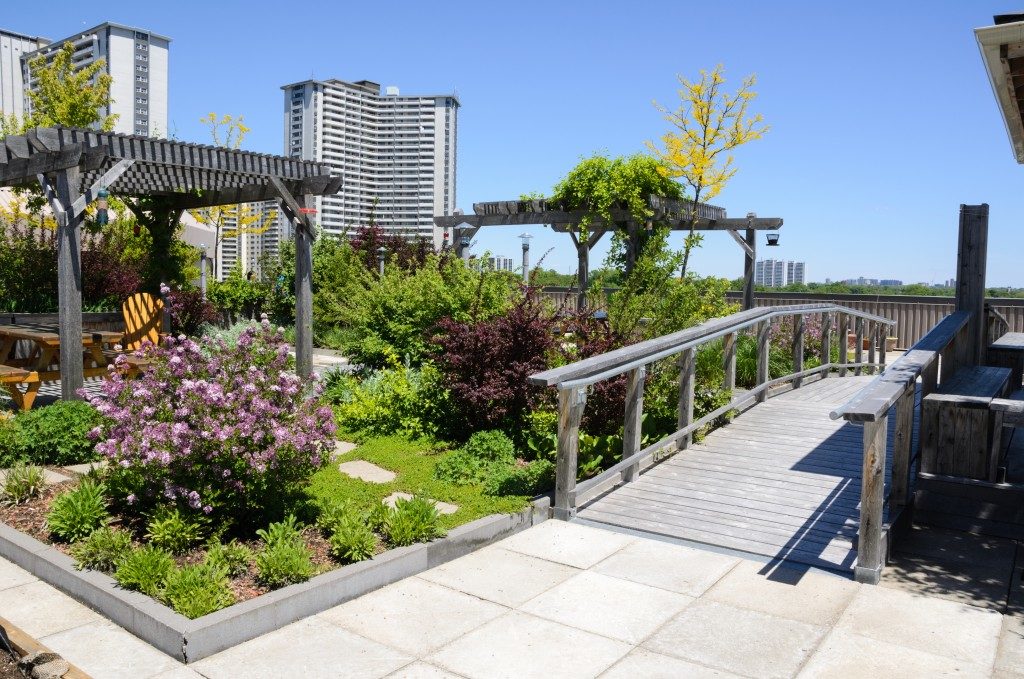Perhaps one of the most overlooked elements in landscape design is lines. When you plan your yard makeover, you automatically think of colors, balance, and patterns; you rarely think of lines. They are a minute detail, almost insignificant compared to the others. You’d think that lines will naturally show as you introduce the other elements. That’s true; they will show for sure. But if you’re not conscious of them, you might end up with too many of the same types of lines, making the entire look monotonous. If you want your garden to have visual interest through and through, use these different kinds of lines:
Straight Lines
These are the long rows of trees dotting the pathway in front of your door. They can also be the boxes of shrubs arranged neatly all throughout the garden. What straight lines do is that they offer a formal structure to the space where they are. They’re often symmetrical, so they easily give off a balanced look. Moreover, they lead the eye directly to a focal point, like the front door mentioned earlier.
If you have a section in your yard that requires a crisp, clean layout, use straight lines. If there’s an interesting element worth highlighting, like, for instance, a water fountain or a mini gazebo, a straight pathway leading to it is a wise addition.
Curved Lines
You see these lines in the form of bending trails, most outdoor furniture, round hedges, or the flowers themselves. Curved lines soften up the rigid straight lines. You get a more balanced look if you have the two together. Gently bending lines are also great in yard zones where you want to be a little more private. Maybe you want a meditation nook or a cute vegetable garden in your yard.
Curved lines slow down people’s walking pace as they try to know what they’ll find in the bend. If you want to keep some areas hidden or mysterious, consider using curved pathways. Line them up with big, tall antique planters to better conceal your “surprise space.”
Horizontal Lines
These lines make the illusion of a bigger space. They draw the eye to the ground and define the area better. Your garden walls and low, small hedges form good horizontal lines. If you have only a tiny garden, make sure to add these to your design.
Horizontal lines also offer a sense of stability and calmness. There’s a good reason the word “horizontal” comes from “horizon,” the relaxing, soothing vast surface dotting the meeting of the sky and the earth. Use horizontal lines in the corners of your outdoor space where you would want to be a little more peaceful.
Vertical Lines

These also make space look larger; they draw the eye upward. Horizontal lines give off a sense of calmness, while vertical lines reflect strength. This is the reason vertical lines are mostly used in design features for security in the form of tall trees, arbors, or fences. Like straight and curved lines together, it’s also important to mix horizontal and vertical lines in your landscape design to show balance.
Take a look at your yard and try to pinpoint the lines. Are they evenly distributed? Do you need to do some tweaks? Prioritize these elements in your next landscape makeover project.



